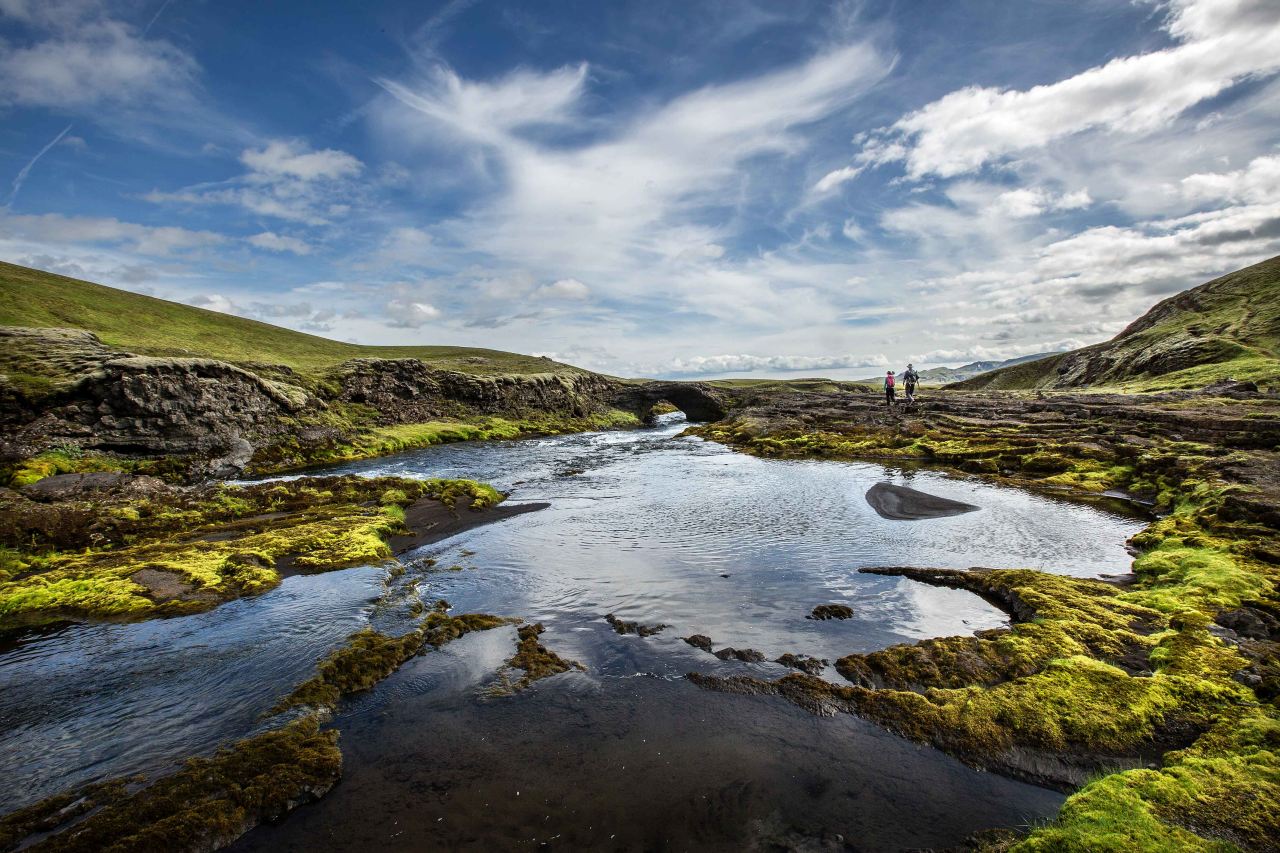Iceland's Independence Day
Iceland wasn’t always independent, and the march towards independence culminated on June 17th 1944, a great day of celebration in Iceland.
This week, we are covering some of the events that led to Icelandic independence, and if you are lucky enough to be here on this day and around this wonderful summery time, then you are in for a treat!
Resilience and monopoly
One of the remarkable features of the Icelanders is their resilience, determination and indeed their fierce independence. To have survived in this harsh landscape over centuries, sometimes on the edge of survival and being at the mercy of nature’s nasty accidents required true grit, and still does to this day.
For a period of 272 years between 1602-1874, Iceland suffered the political and economic hardship of a trade monopoly with Denmark. During this time, Iceland was a territory controlled by the Danish Crown, which served as the political body through which Icelandic exports were sold to foreign markets. Export prices were fixed, and dictated by the king. This also occurs in the context of the fact that Iceland had been ruled by foreign kings since 1262.
The march towards national self-determination
The march to national self-determination was punctuated by a series of steps which gradually gave Iceland more and more freedom to rule as they chose. In chronological order, these events included:
Abolition of Absolute Rule and establishment of Alþingi, 1848
Alþingi was established and served as an advisory body. All executive power was exercised by the Danish Crown, and Alþingi remained subservient to it.
Jón Sigurðsson emerged as the proponent of the independence movement, and is regarded a national hero. Independence Day is celebrated on his birthday. 1848 marks the year that the independence movement began.
Home Rule on February 1st, 1904
Home Rule was an important stage because it brought the government out of Copenhagen and into Iceland. The Ministry of Iceland was transferred to Reykjavik. This was the first time that the Alþingi (Icelandic parliament) had real power. The Danish still retained control of military and foreign affairs.
Danish–Icelandic Act of Union: 1918
The political climate surrounding the end of the First World War gave rise to many states in the new Europe, and it was in this climate that Iceland became a sovereign state. However, some sovereignty does mean full independence, and Iceland still shared a monarch with Denmark.
June 17th 1944
In the geopolitical climate of the Second World War and owing much to the Nazi occupation of Denmark, Iceland declared full independence.
With 98.4% voter turnout and 98% in favour, Iceland abolished the union with Denmark and established a fully independent constitutional republic. June 17th is Icelandic independence day.
A day of celebration!
And so, every June 17th, the streets of Reykjavik and indeed all over Iceland erupt into jubilation. It’s quite the occasion, and if you happen to be in Reykjavik, it’s a great day out. Classic cars line the streets, flags in their thousands, there is a huge fun fair in the central park and come rain or shine, everyone’s having a great time.
In 2017, Independence Day falls on a Saturday, which means the atmosphere will be even more carefree.







